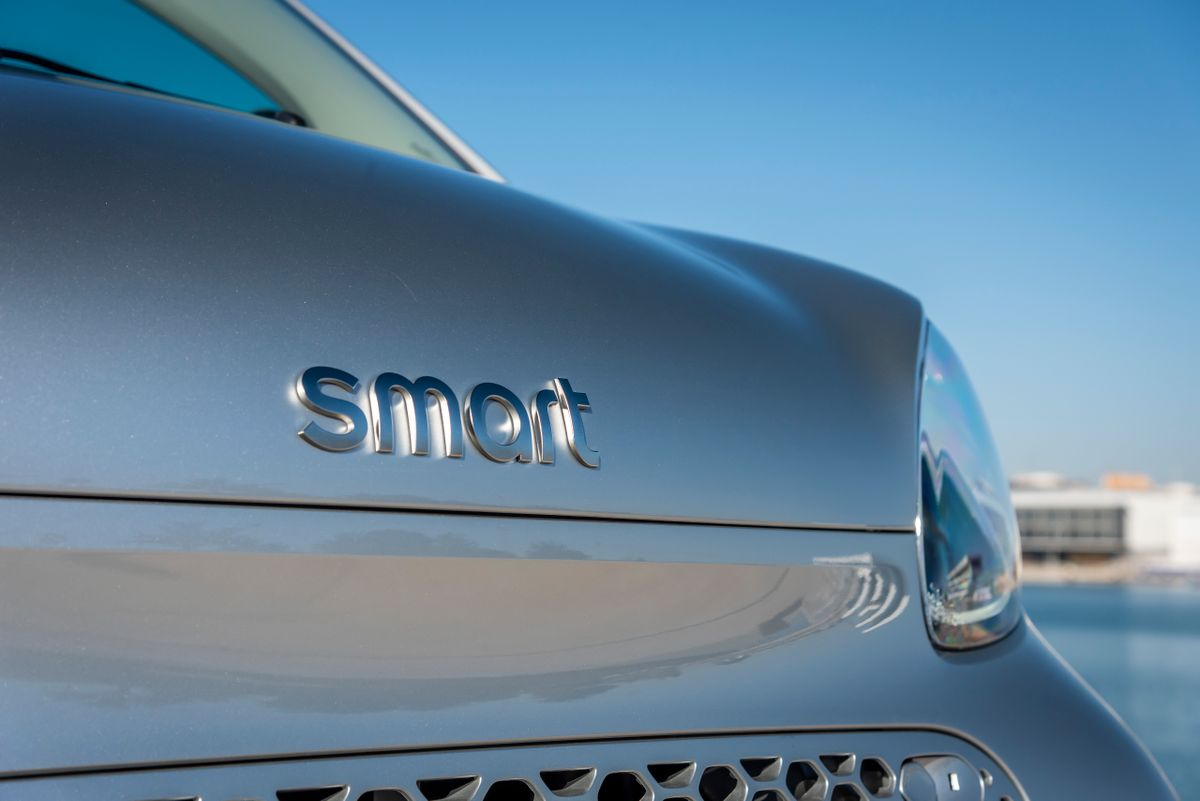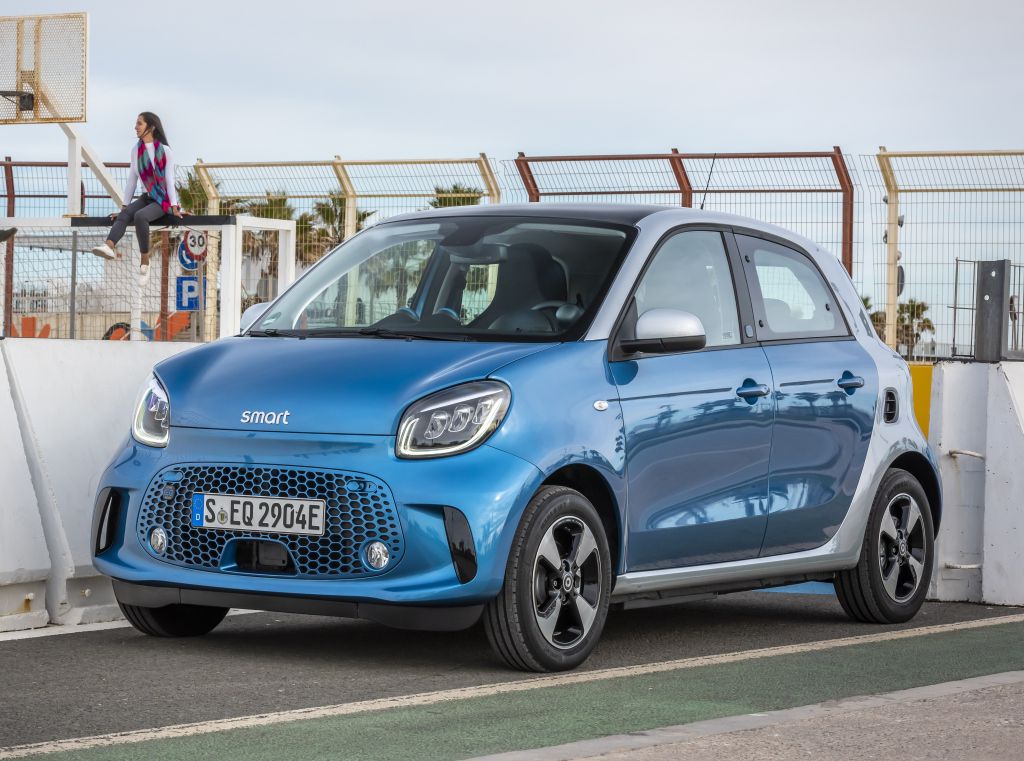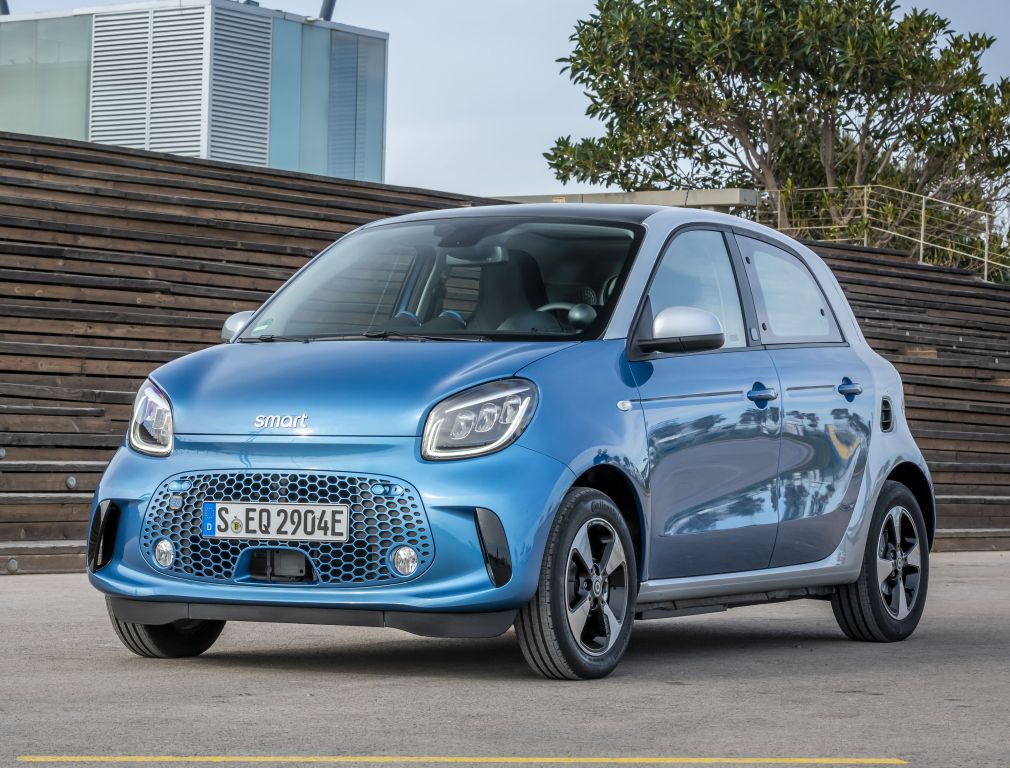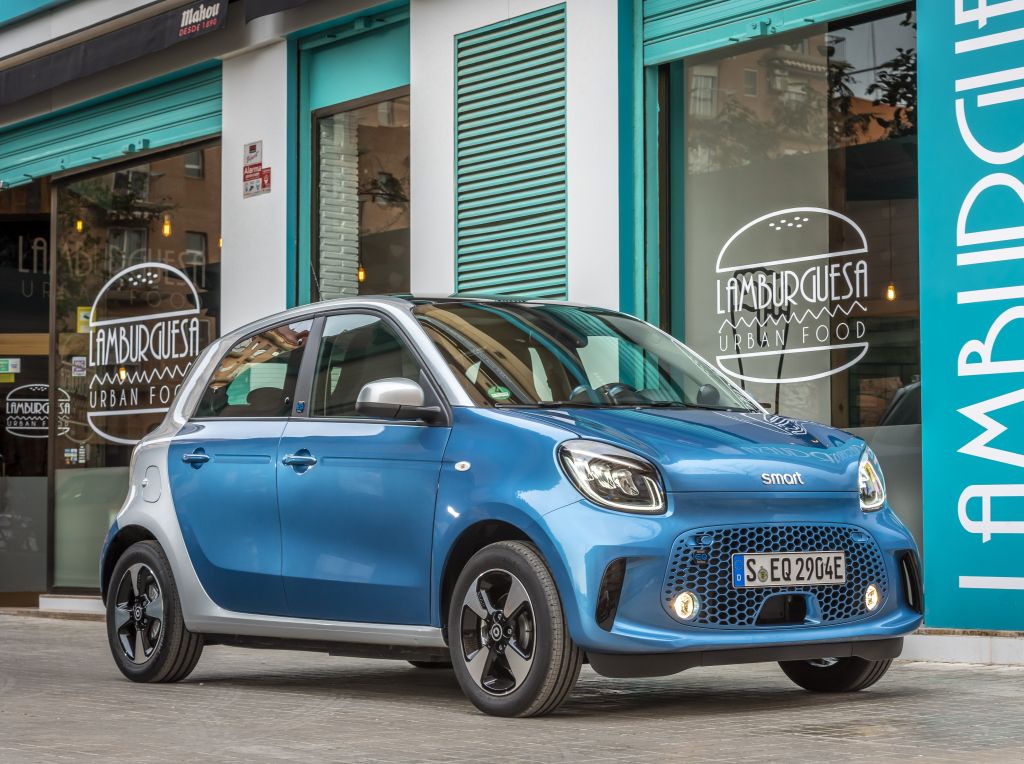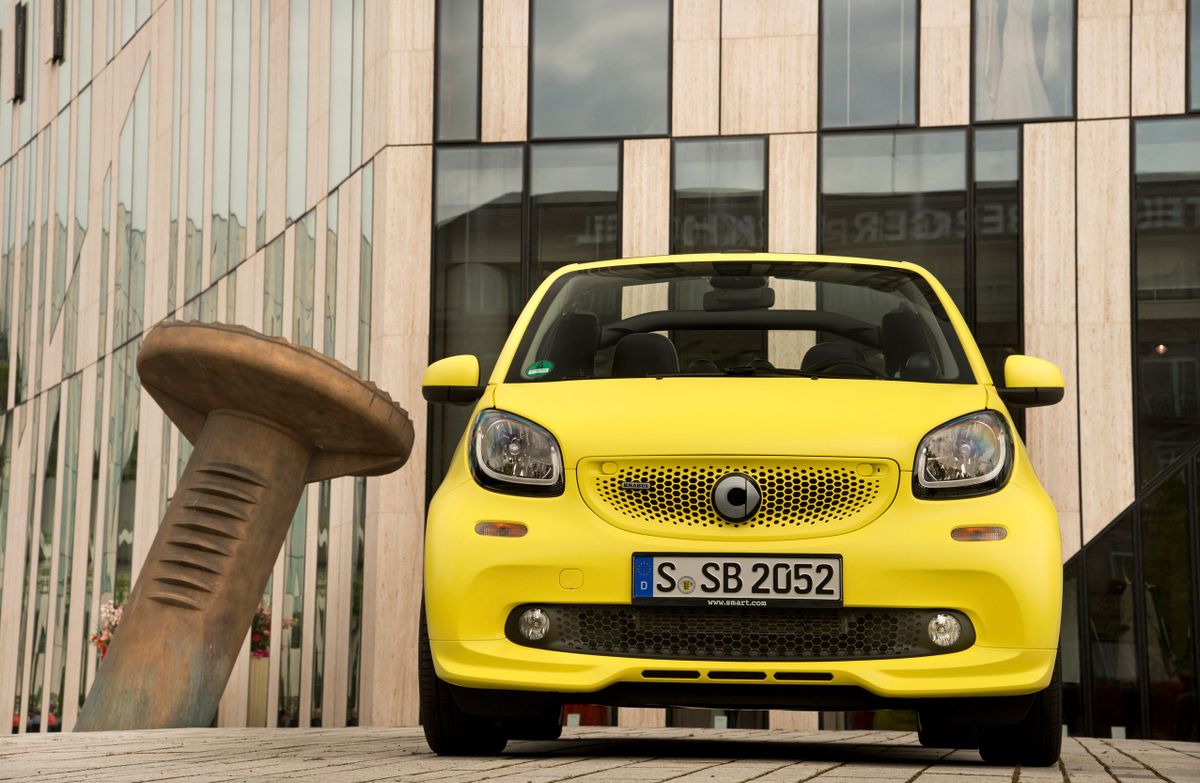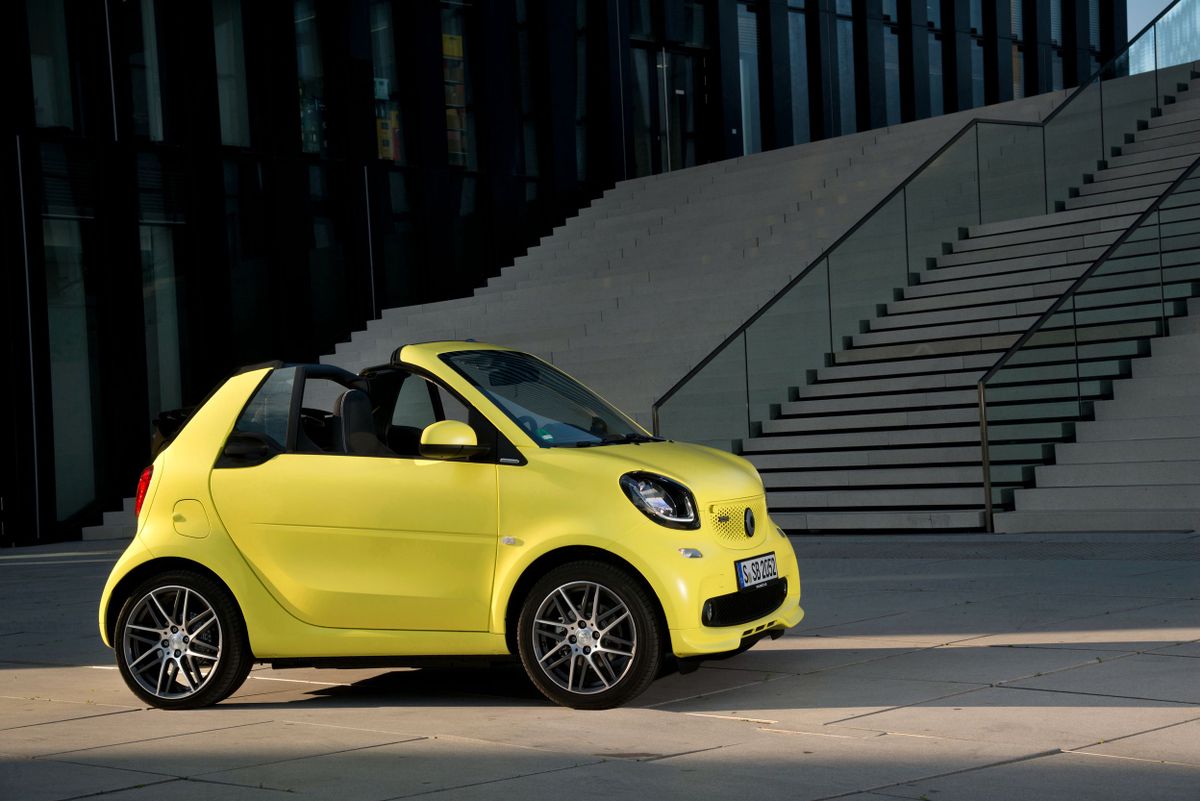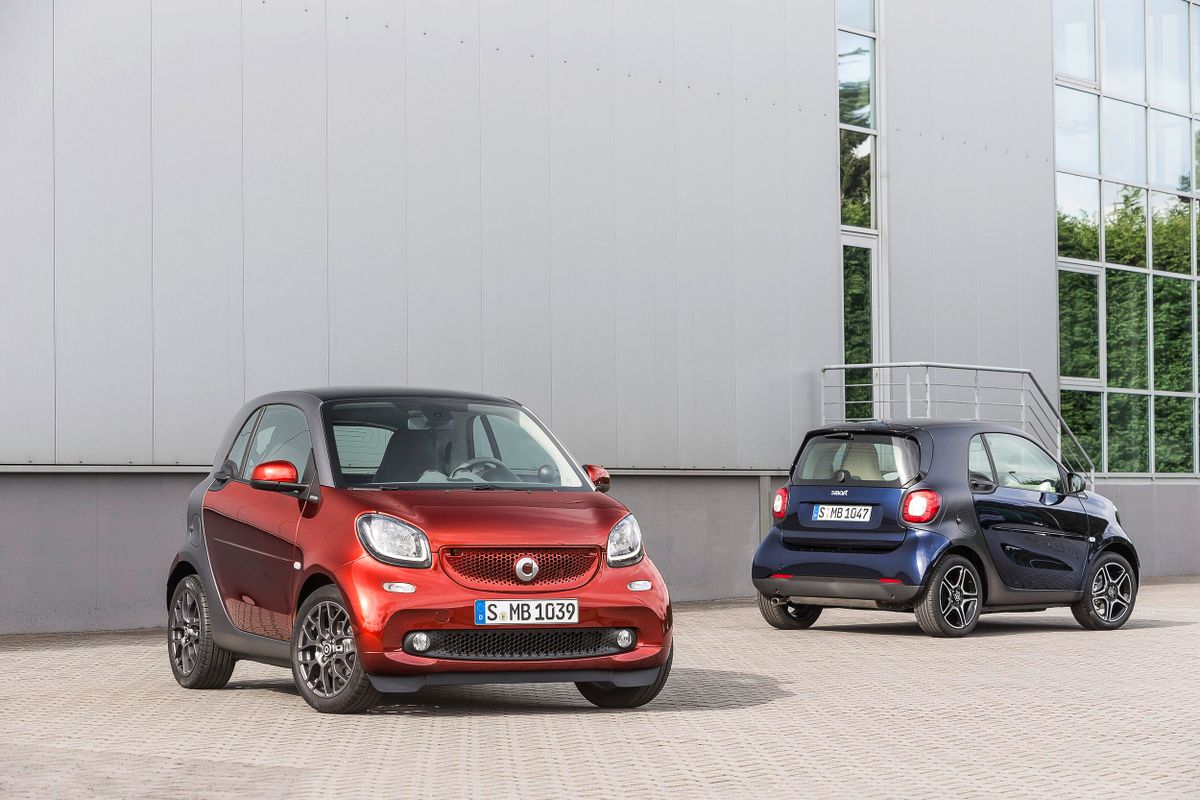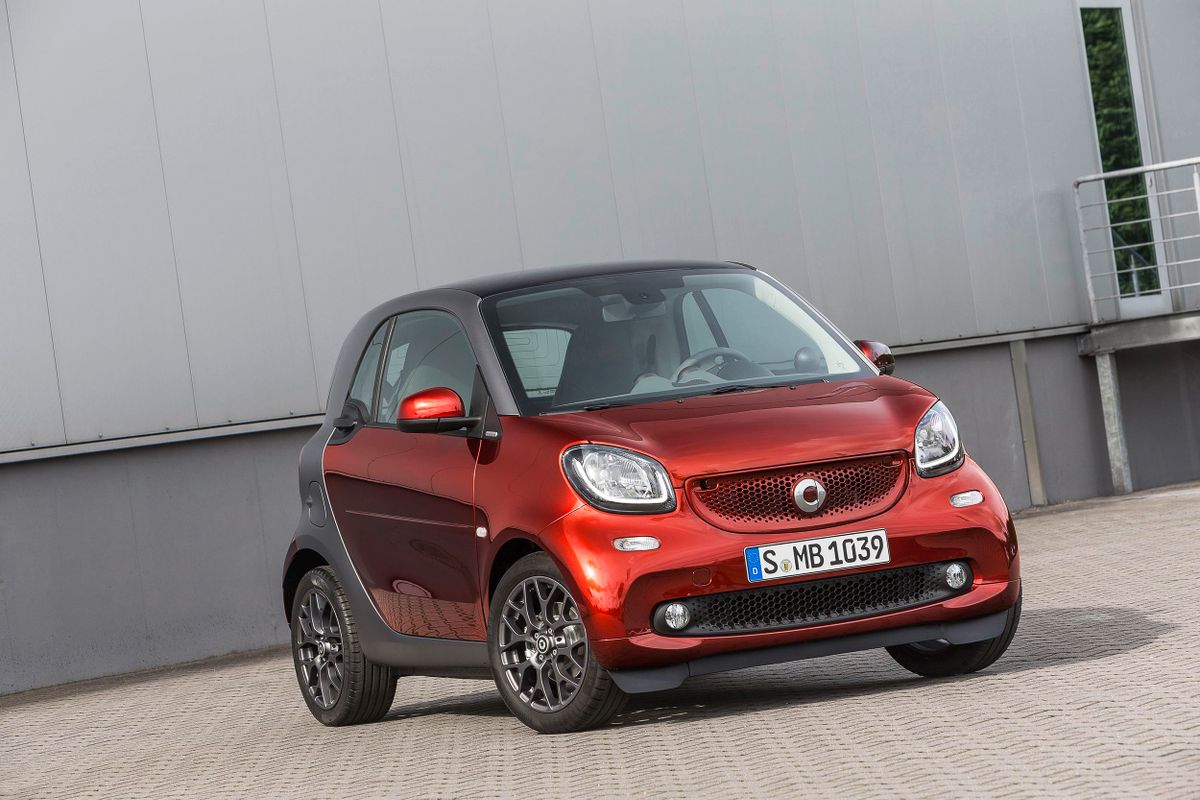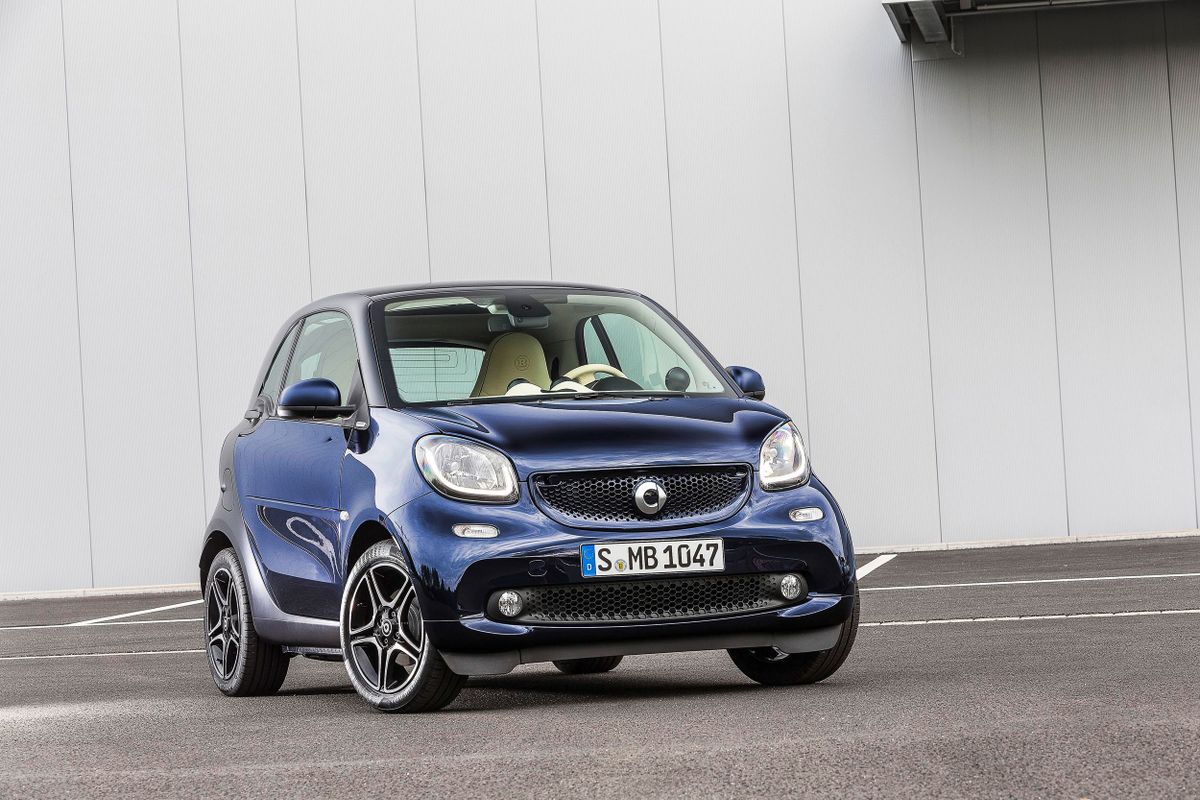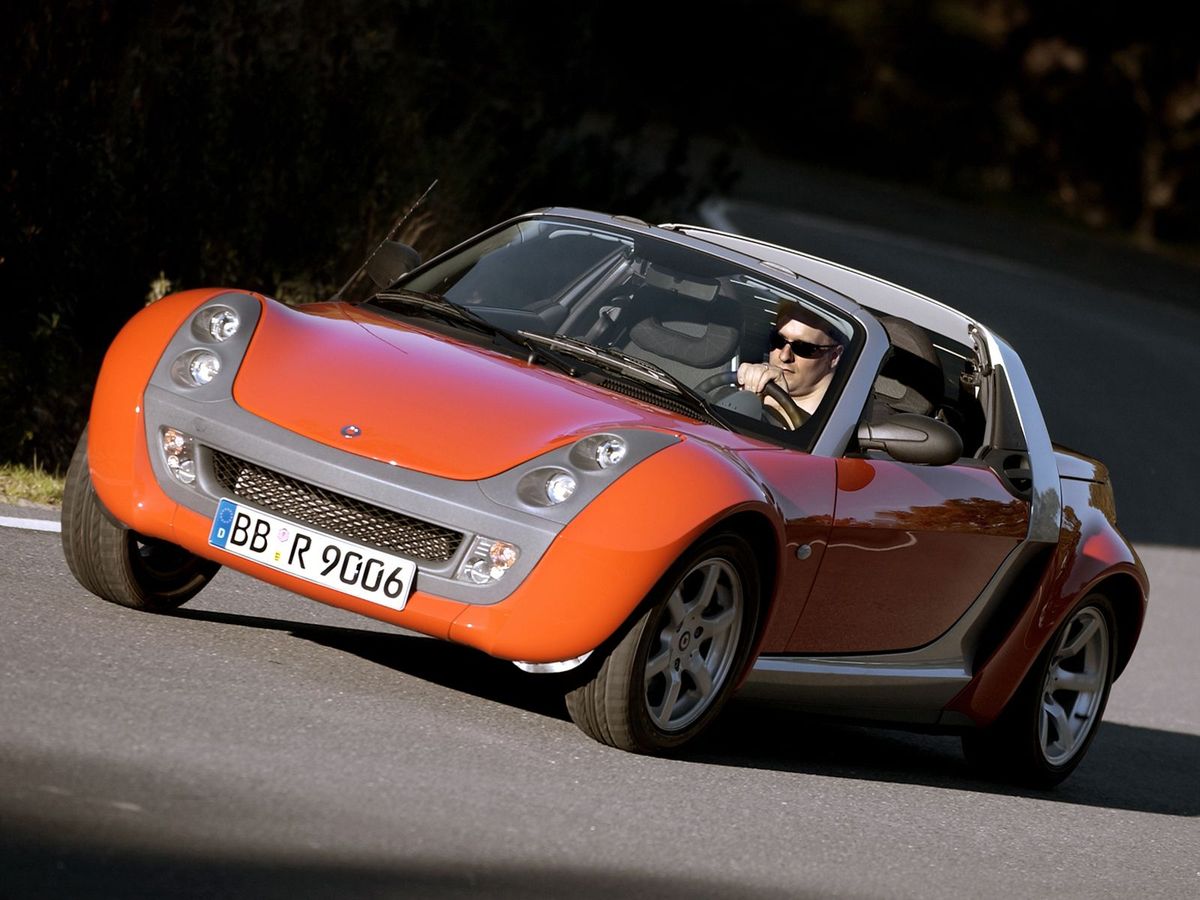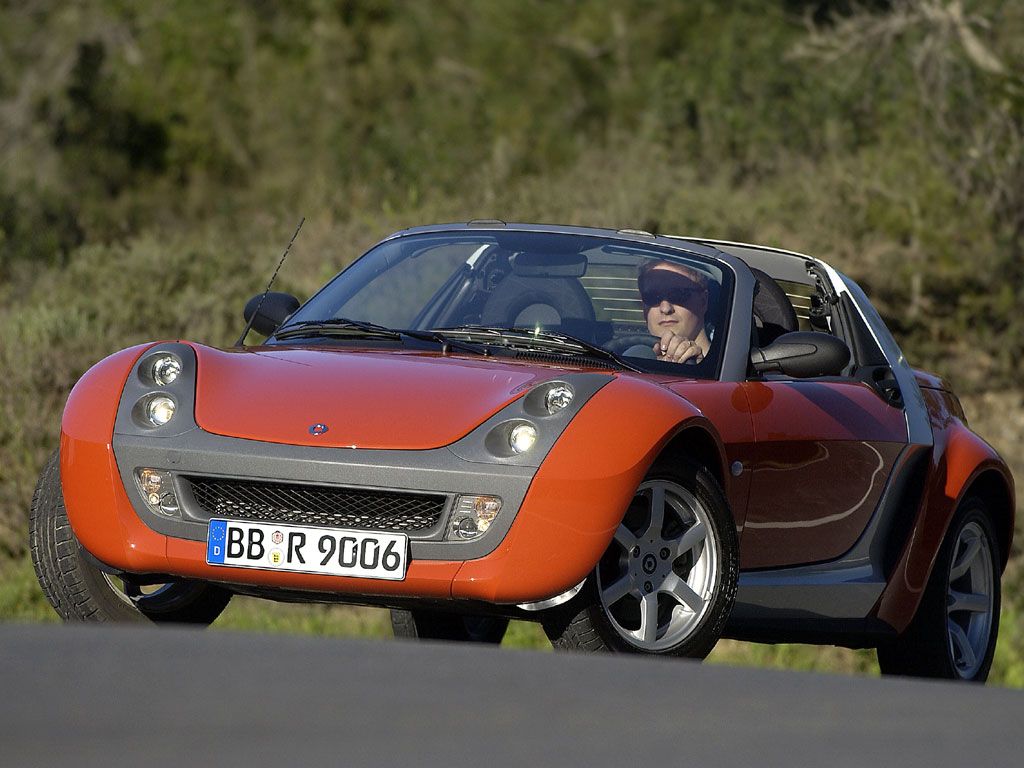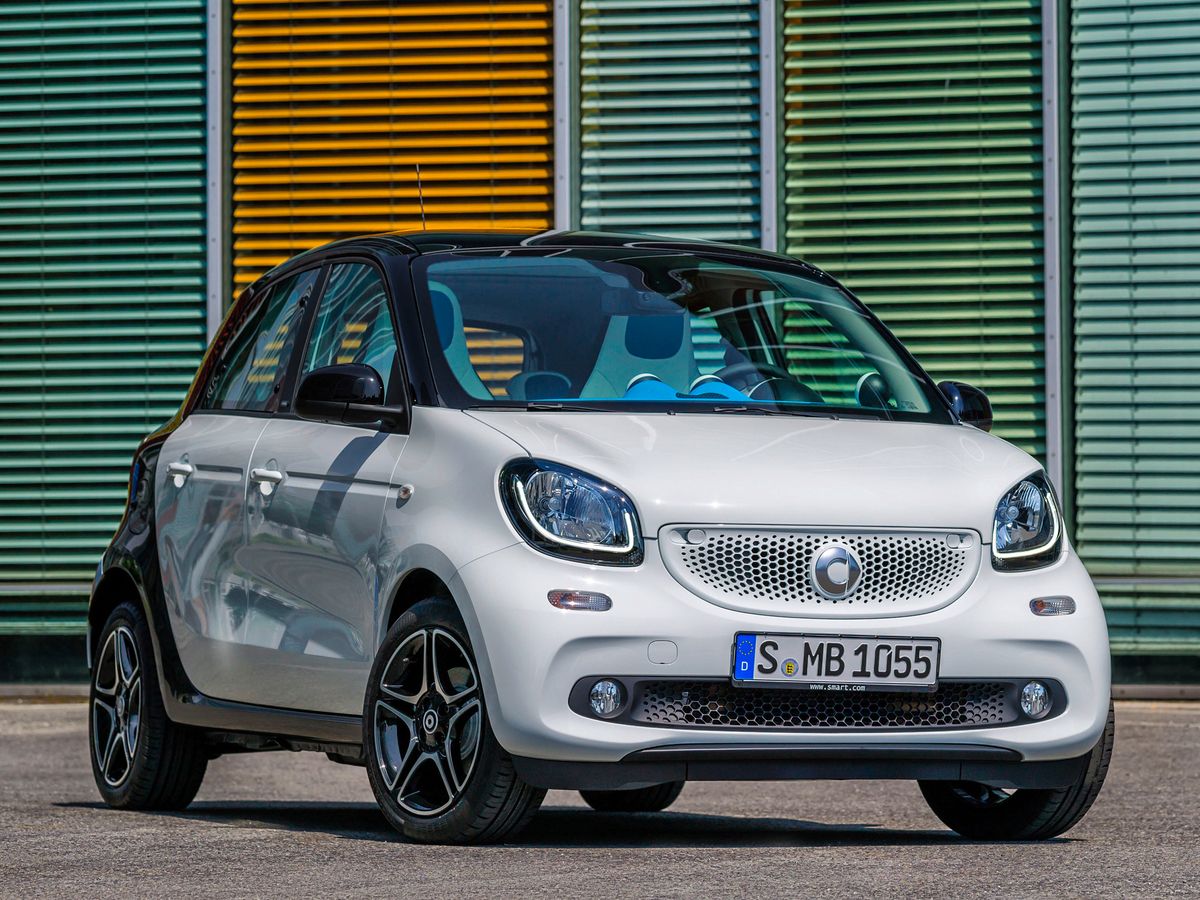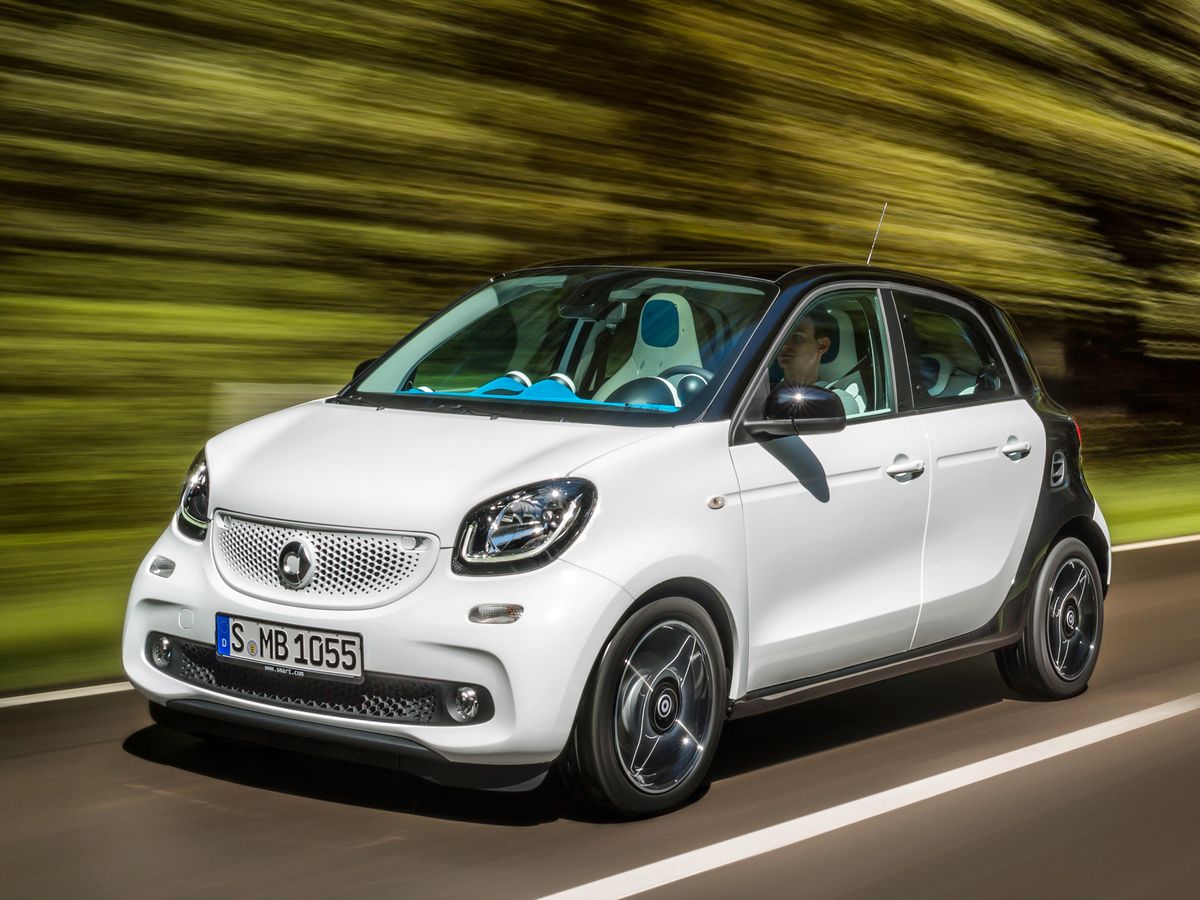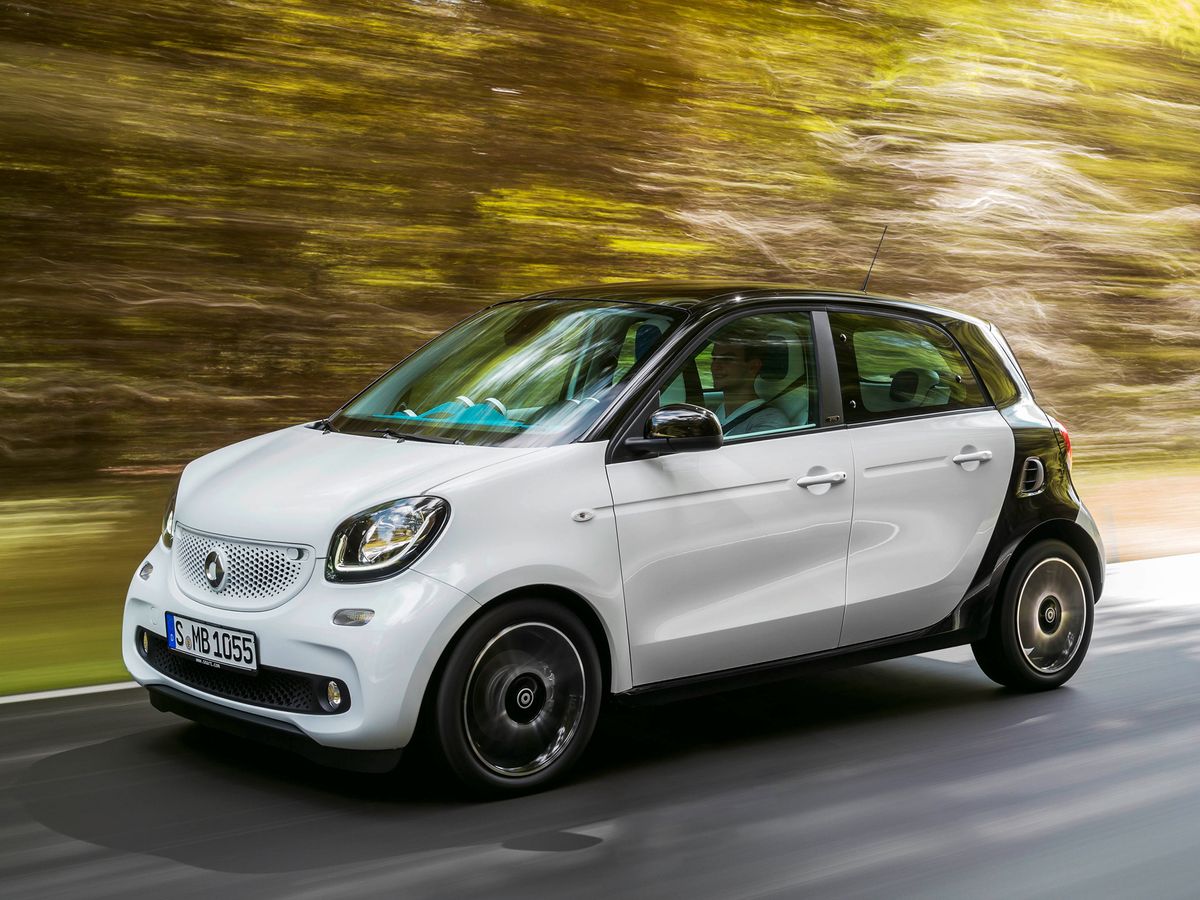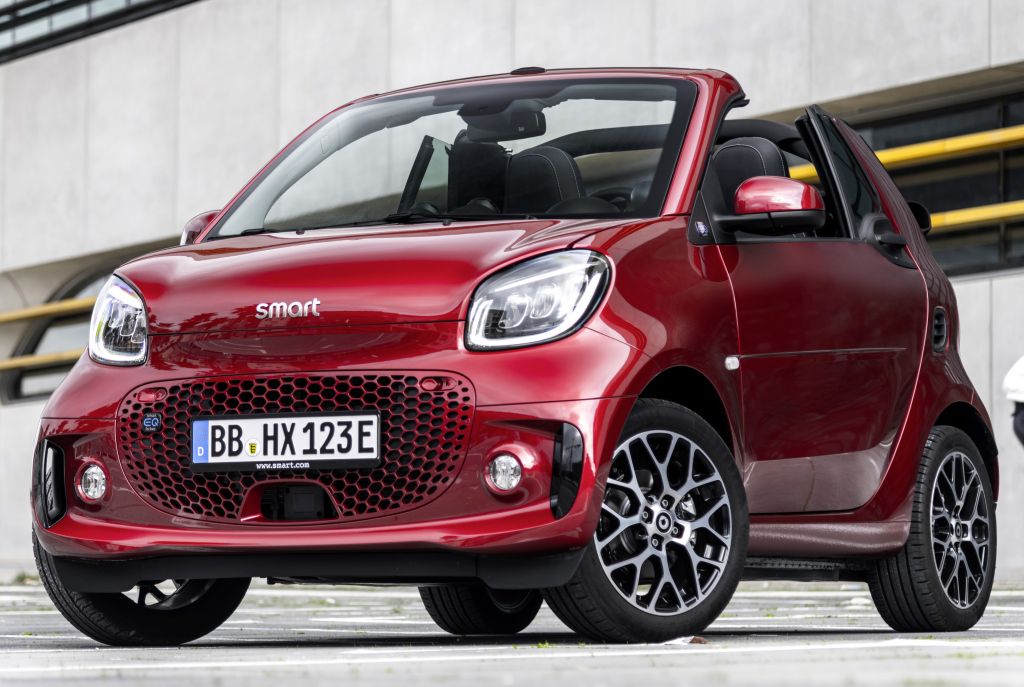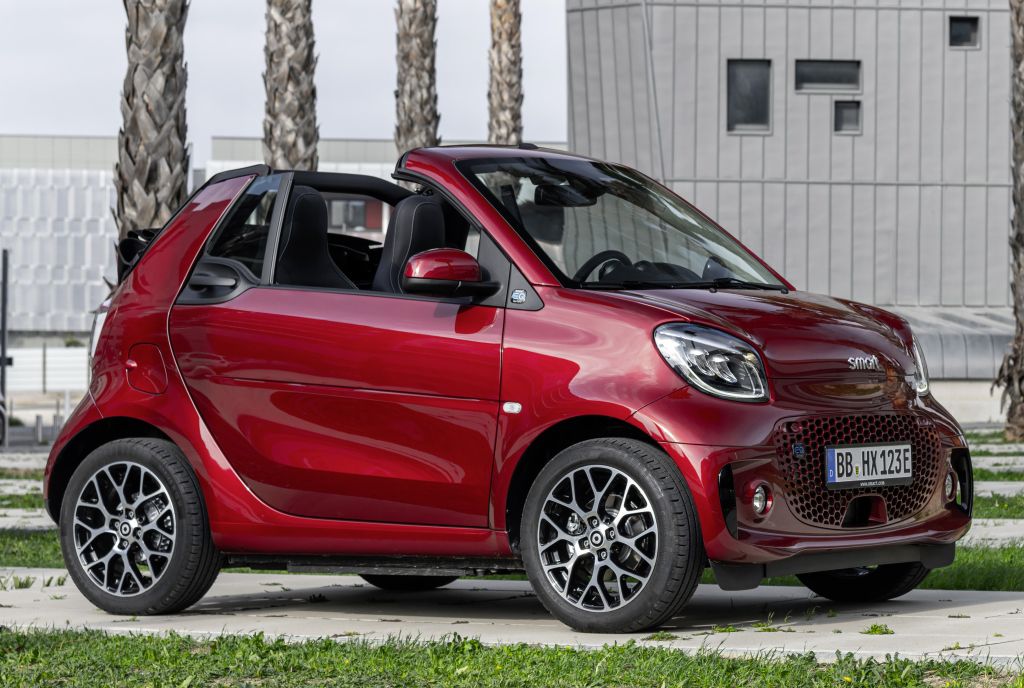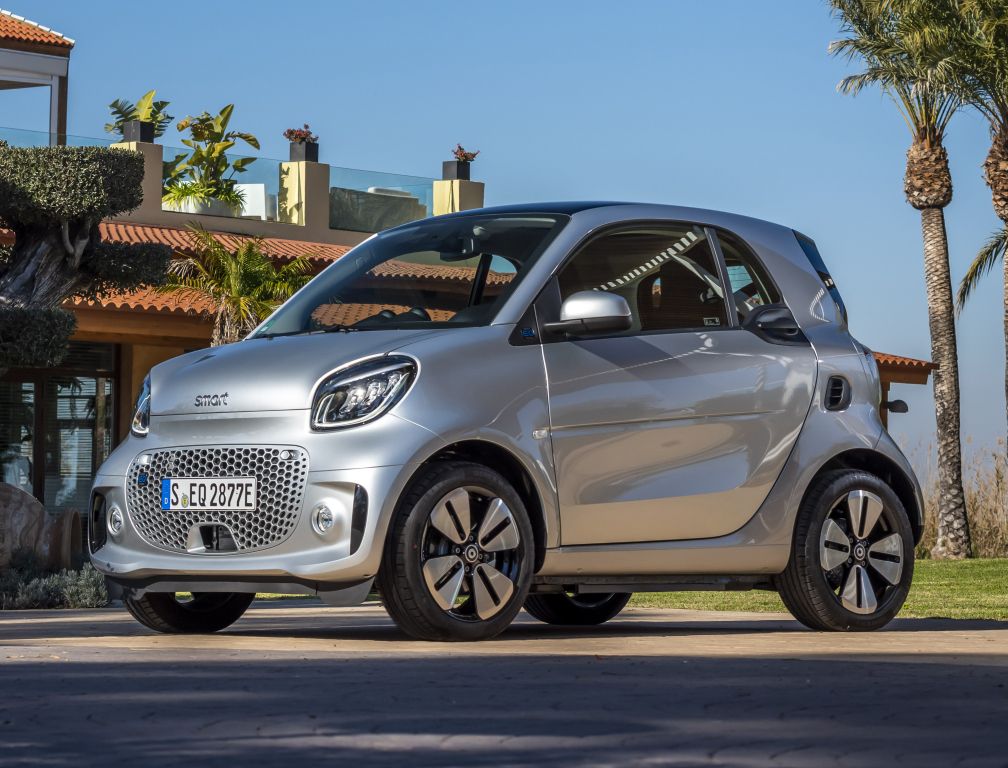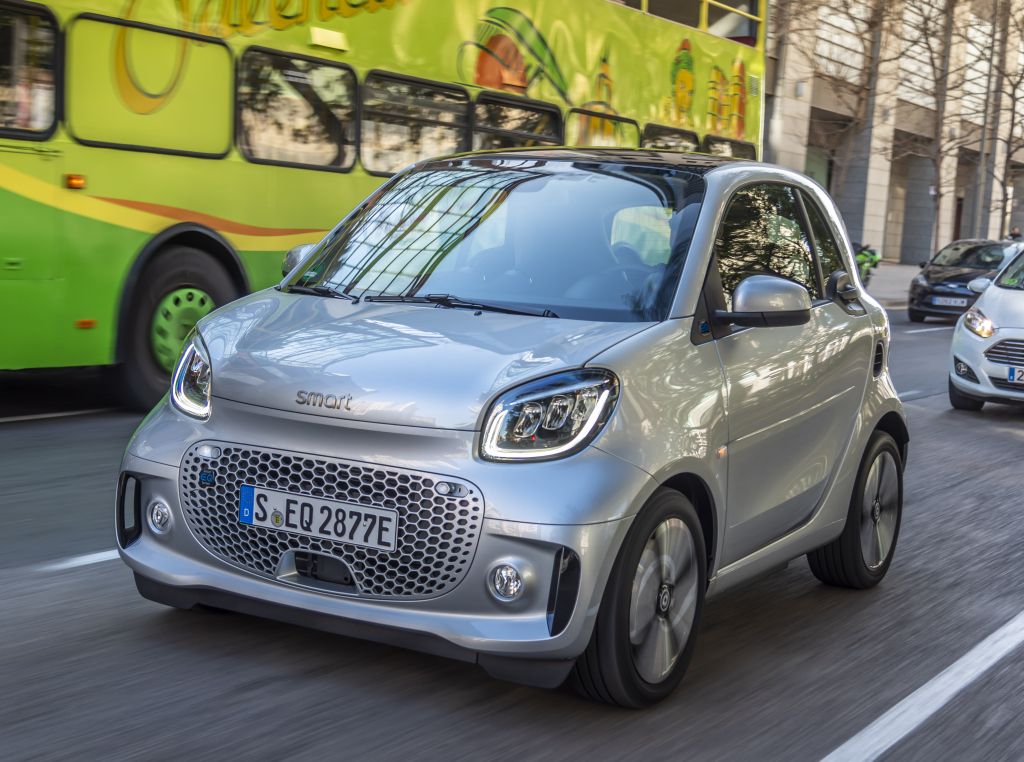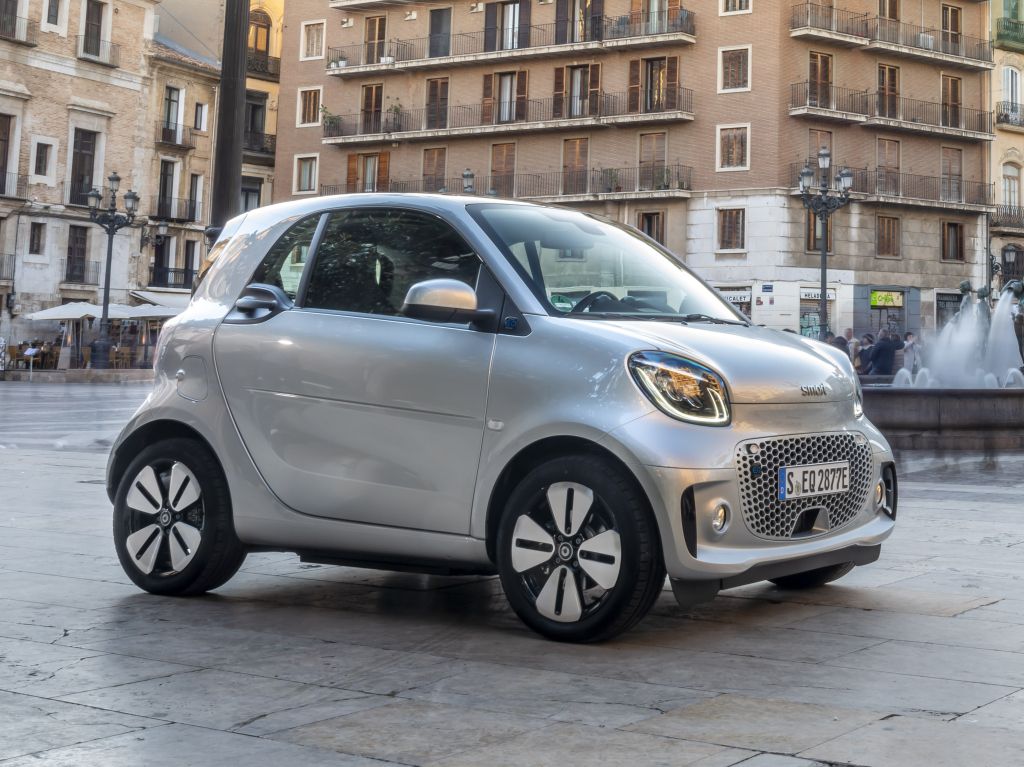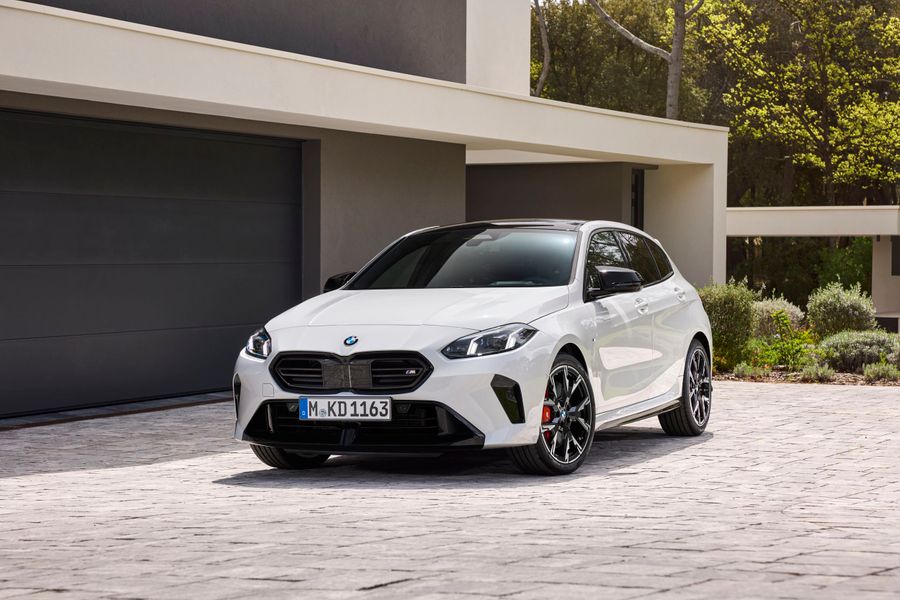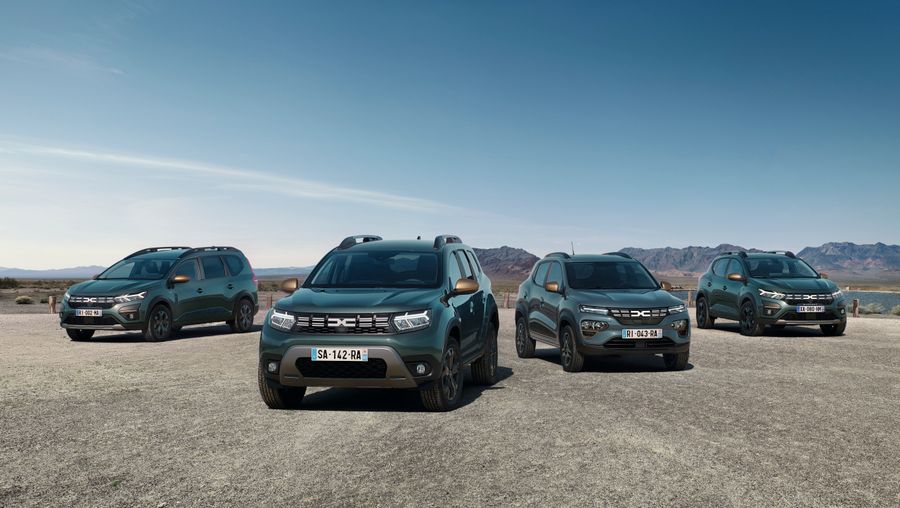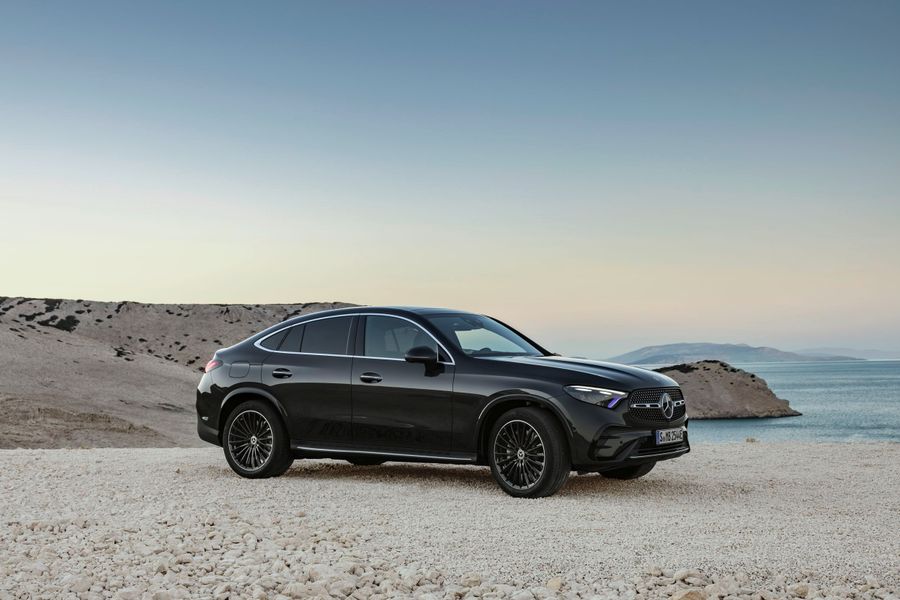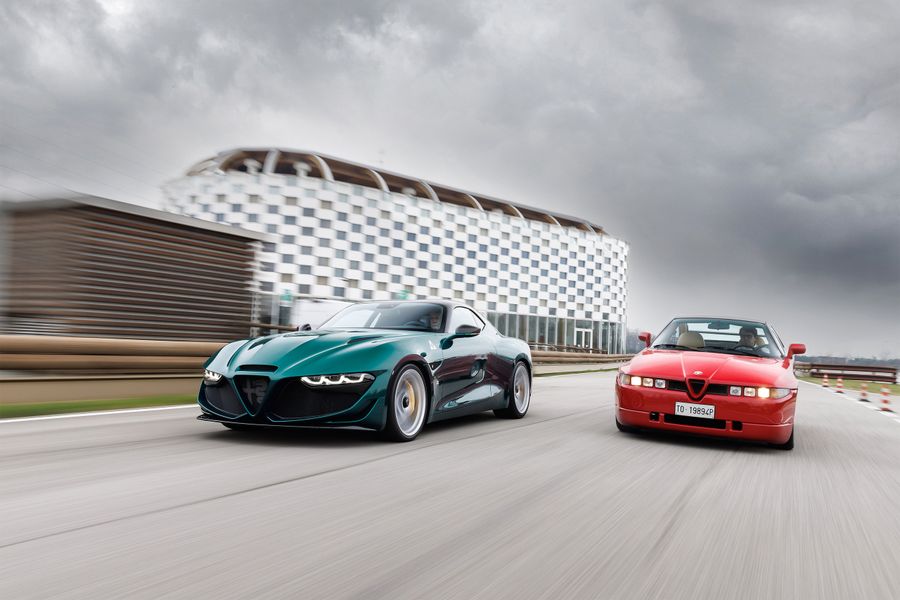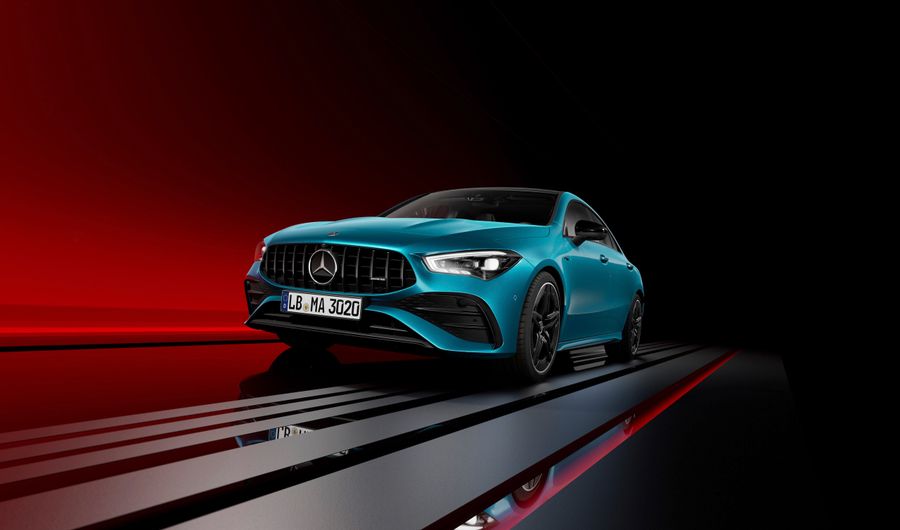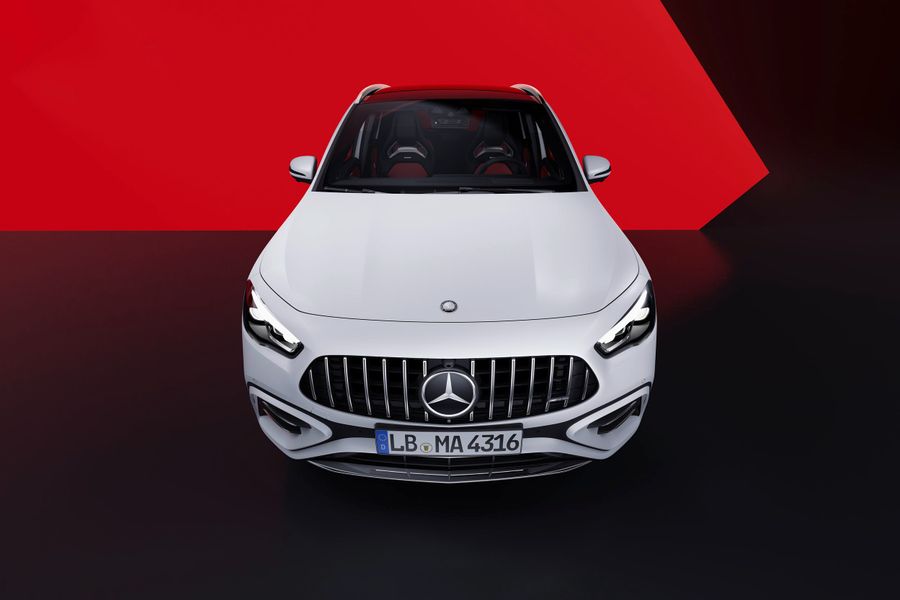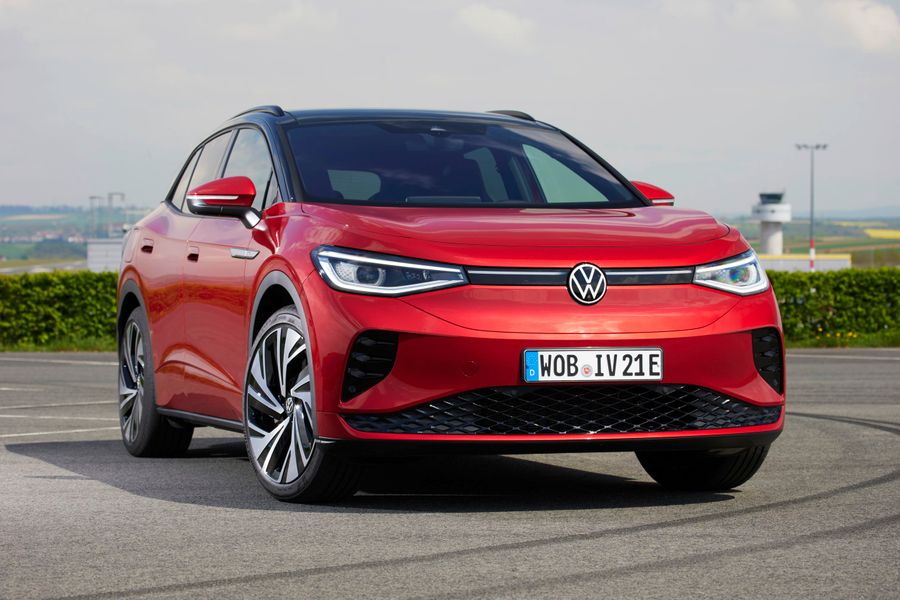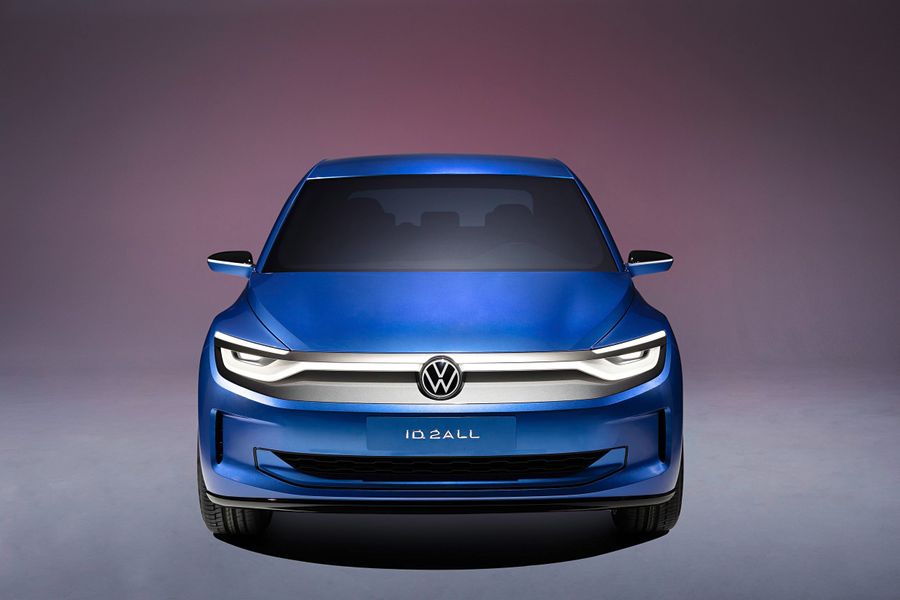
Smart. A little Mercedes
Smart Automobile is a unit of the German Daimler AG company, specialized on compact car production. Smart is a little Mercedes. Smart is the most successful compact-car project. Those who prefer comfortable and stylish cars from a world leader for overcoming heavy city traffic, choose Smart. Today’s Smart is a premium subcompact, comfortble and cozy, and even the interior customized for the bodywork color.
Gasoline is getting more expensive and diesel fuel is never getting cheaper. Living space is getting smaller. Parking spaces are becoming paid. And you can barely find a parking lot. Eternal traffic jams. Traffic congestion. That is why pretty soon, according to a lot of experts, the era of big and powerful cars will come to an end. Both Europe and Asia have been switching to tiny cars that can both drive and park in tight street perplexities. For this reason, the production of tiny cars based on Smart is considered redemption. It is safe to say that Smart has become the most successful project in the world of compact cars.
Nowadays, Smart cars are sold in 46 countries of Asia, North and South America, Africa, Australia, and Europe. As at the beginning of 2015, the total sales of the car model exceeded 1.7 million items. Major customers of Smart are people who prefer to overcome city traffic difficulties in a comfortable and classy car created by one of the key players in the automotive market.
Smart approach
The timeline of this ‘toy car’ started with Swiss watches. The head of Swiss watch company Swatch Nikolas Hayek was obsessed with the idea to create a tiny real car that will become a ‘wheel-based’ advertisement to the watch company products. On the one hand. On the other hand, there had never been such a car before! But it’s extremely essential in Europe with its narrow streets and widespread parking problems. The Swiss realized that carmakers ignored a big customer sector: people who wanted to buy a small, possibly compact, efficient, but purely classy and comfortable city cars.
The work on the Swatchmobile project was in full swing. As Hayek envisioned, the car should be two-seat, very compact, and surely with a hybrid engine. For sure, it is difficult for a watchmaking company, to set up its own automotive manufacturing and organize a well-established distribution network. Volkswagen was unsuitable, because for the moment it had already been producing super-efficient four-seat automobiles, that in the future has become a Lupo 3L model, that used only 3 liters of fuel for a 100 km trip.
Smart stands for ‘Swatch-Mercedes Art’. The timeline of this ‘toy car’ started with Swiss watches.
After a long-running search, the partner was chosen! Daimler-Benz and Swatch found a Micro Compact Car AG (MCC) company for a production of the ‘clockmobile’. This took place in 1994, opening the era of the first Smart. But the new car was not called Micro or MCC, as one could think. As a matter of fact, when the naming issue of the future automobile was discussed, the watchmaker decided to immortalize the name of his company - Swatch… however Mercedes did not feel comfortable with this idea. It was necessary to strike a compromise. That is the way Swatch-Mercedes Art or shortly ‘Smart’ was born :) The cooperation between the watchmaker and the automaker continues until now despite some disagreements.
In 1995, the first Smart was presented for the first time at the International Motor Show in Frankfurt. By the way, although Smart was founded by the Germans and Swiss, this car is going to be assembled in France in the municipality of Ambac, where the company was built, which quickly got the nickname Smartville. In 1997, there was a grand opening of the assembly factory attended by French President Jacques Chirac and German Chancellor Helmut Kohl. Production of Smart started on July 1, 1998.
Mercedes aimed to design a miniscule car that is fully functional and as safe as possible. A small Mercedes! To do so, it was necessary to invent something new. Thus, a kind of safety frame was a supporting structure made of high-strength steel, on top of which removable panels of plastic cover were attached. In order to increase the controllability of the crumb car and maintain compactness, it was necessary to use in the design of the rarely used De Dion rear suspension a beam that can… bend!
So smart and so different
Stylish and compact Smart initially became a fashionable toy for those who like to keep in their garage a small fleet of cars for different situations and occasions. At that time, few people saw it as the only car, a real vehicle. Understanding the logic of customers, the concern Daimler-Benz decided to attract customers by increasing the number of modifications of the car. Thus, a variety of Smart versions appeared.
ForTwo is a car for two, the first-born car produced by the concern, and has become a benchmark for further development of the range of models. It was compact, simple, had a Minimum of comfort, and served as a launching pad for the improvement of the model. The new modern two-seat Smart ForTwo is already equipped with an engine mount of 84 hp, leaving a weak 45 hp engine in the past. The third generation of Smart Fortwo was introduced in 2014. This car is significantly different from its predecessor, both technical content and appearance. It shares the platform with Renault Twingo. The engineers tried their best to preserve the size of the car, but it became 8 m long and 10 m wide. The ForTwo Cabrio is the original ForTwo convertible with a stylish folding roof.
Smart Electric Drive (ED) - finally embodied Hayek’s dream of an environmentally friendly hybrid that can travel as well as a car with an atmospheric engine. He got lithium-ion batteries from Tesla Motors. On one charge, the car could travel up to 135 kilometers.
Crossblade is a car for walking in good weather without a roof, windows, or doors. Roadster is a sports two-seat car with a very unusual, even fancy, design. ForFour is not quite usual for Smart, a large and comfortable hatchback, but still, subcompact, in the spirit of Smart. The car is distinguished by its advanced design solutions, low fuel consumption, Minimum engine power, and good driving performance.
Over the years, Smart has experienced restyling of varying degrees of gravity. Acceleration time has changed to a hundred. Now it’s already 11 seconds instead of the old 17. The speed ceiling of the new Smart is 145 km/h, instead of 110, as it used to be. Gasoline demand for the new Smart is also small - only 6L per hundred kilometers in urban driving mode. However, those potential customers who have looked at the Smart are indifferent to all figures. As for them, the value of the car is not in gasoline consumption or speed records - it’s seen in its iconic image.
By the way, despite all external fragility of Smart, these cars, according to Mercedes-Benz, even at rigid collision give the driver and the passenger an excellent chance to survive. How did they figure it out? They just took and pushed the new Smart with Mercedes-Benz S-Class at 50 km/h. The Mercedes weighed twice as much as Smart! At that, all dummies were intact!

